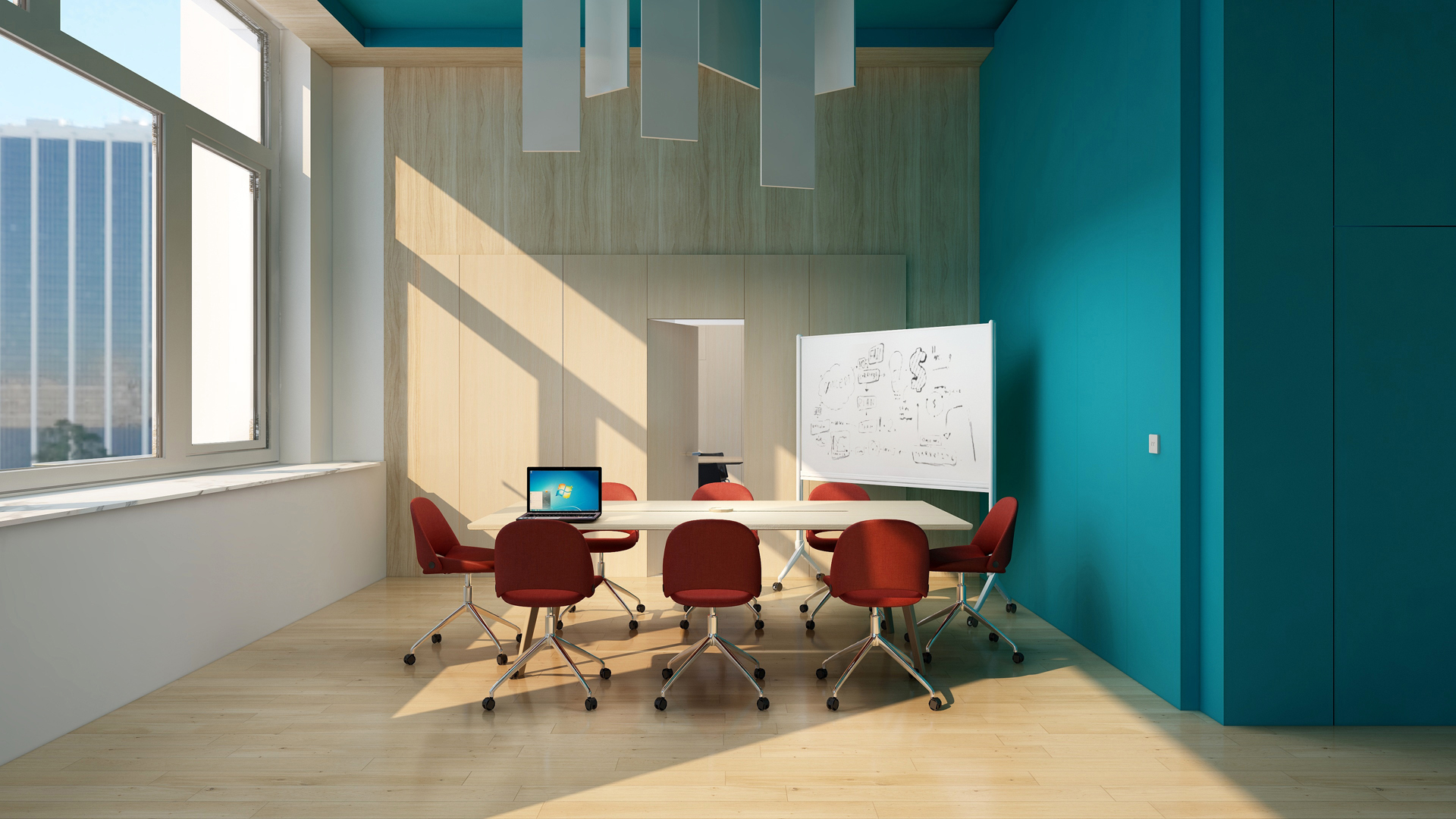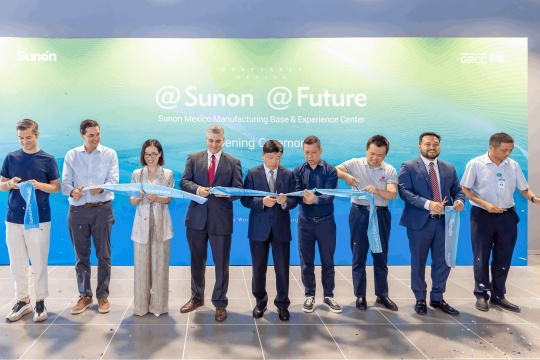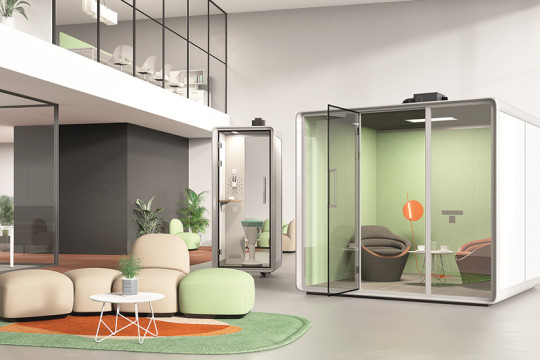Creating Spaces for the 4 C’s of Workplace Experience
Have you ever entered an office that was buzzing with energy? You could see people conversing in groups and engaging in collaborative activities like brainstorming and jotting down ideas or having concentrated or informal talks. People behave and think differently in different settings. Other variables that affect persons differently include personality and the kind of job tasks. There is a strategy and design behind them, and understanding why and how employees use particular areas is essential to fostering creativity, productivity, and morale.
Your office space is a strategic instrument that should work as a catalyst and active enabler to encourage focus and team work. In planning the post-pandemic workplace, organizations have the chance to design zones and areas in their offices to promote the four C's of the workplace experience: community, collaboration, concentration, and creativity.
Let's explore these core work patterns.

A Sense of Community
Technology, mobility, and work styles in today's flexible workplace can lead to alienation and isolation. Therefore, it is crucial to establish core workplaces where communication is prioritized and co-workers are nearby. To achieve this, an open, inviting space might be designed. This creates opportunities for discussion, creation, and cooperation. It may stimulate informal conversation, idea sharing, and "running into" other individuals. Because there are fewer chances for chance encounters, workplaces need to be set up so that workers may run into one another and forge relationships.
Fostering Collaboration
People who have access to collaborative workplaces can change where they work based on the task at hand and who they need to collaborate with. Creating flexible spaces that encourage information exchange can strengthen networks both inside and outside of conventional team structures. While collaboration desks and conference rooms will be crucial components of this mix, it's also critical to designate locations that support the chance interactions that lead to fresh ideas. These interactions may have taken place in the dining room, on the stairs, in the hallway, or in the parking lot. Simply said, there will need to be larger open areas with informal sitting and potentially greater catering space.

The need for Concentration
Open-plan workplace layouts can have the opposite effect, distracting workers and dramatically lowering productivity. Additionally, meeting overload hurts workers, which is why workspaces must offer enough opportunities to stop, think, and reflect. By setting up discrete, head-down spaces separate from the main workplace with various types of adaptable furniture, workers may concentrate alone on difficult or time-sensitive activities. More calm spaces are also beneficial for one-third of the population who identify as introverts. It also enables individuals to temporarily get away from their typical working environment and regain emotional equilibrium.
Inspiring Creativity
All of our work depends on creativity, and some of the finest innovation occurs in collaborative settings. When designing the area, you should consider how it will encourage greater creativity among your staff. We advise having a range of "we type spaces" or areas that are suitable for everyone...more small team rooms or semi-private spaces so that employees may stand up from their desks and have a little chat without disturbing those around them. Workplaces need to be created with areas for innovative thinking that enable hybrid inclusiveness and tactile elements like sticky notes, drawing boards, and digital tools.

The Takeaway
People will want to return to the workplace for concentration and creative work as well as communication and collaboration, therefore it should be designed for both. This is the ideal time to establish a Magnetic Office—one that draws people back, promotes your culture, encourages engagement, and boosts productivity. Using the Four C's, leaders can significantly change the culture of their business.


